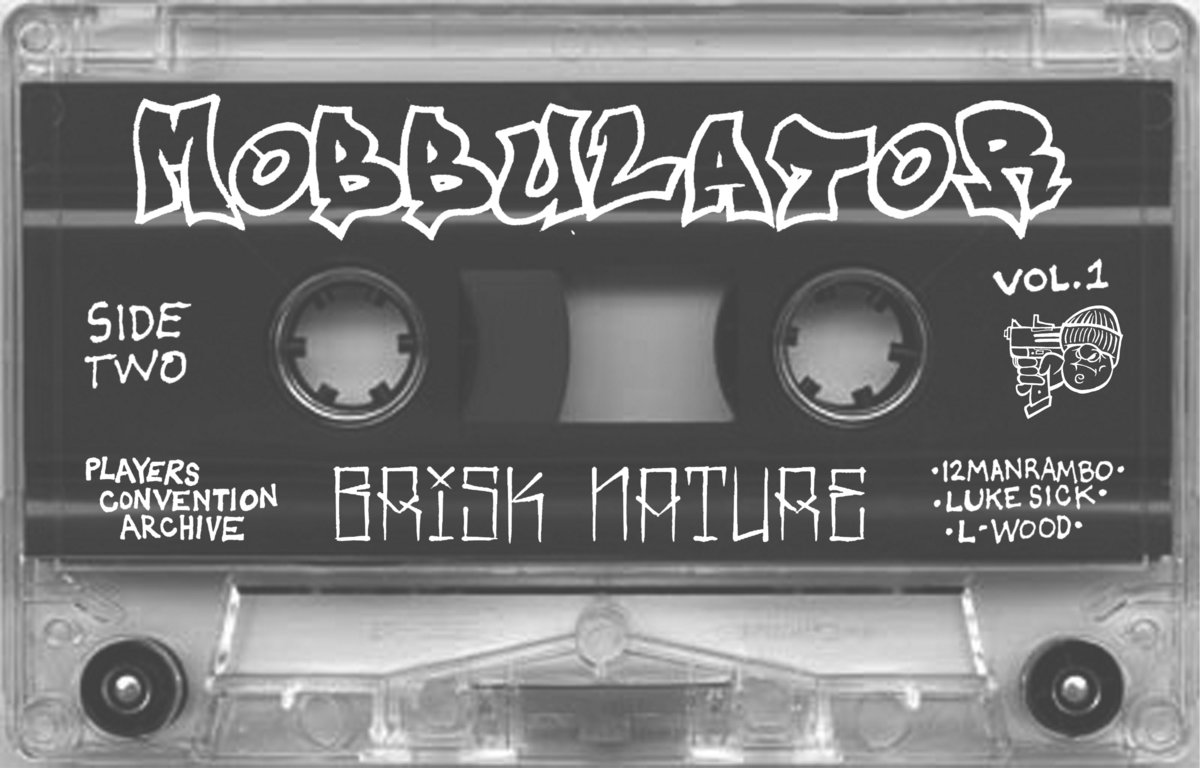

"And because you're working against gravity as well, you're going to multiply how many calories you burn by around 10 to 30%," he says. When you walk up a hill (or stairs if you live in an urban area), you're doing concentric contractions, which means you're making the muscles shorten as you're contracting them, Burnett explains. She forgoes hand weights for safety reasons, but if you want to add mass, you can try wearing a weighted vest. Austin even likes to add in arm circles and tricep presses during her walk. Plus, when you move your arms, your legs will automatically try to match the faster rhythm. “The more muscles you use, the more calories you burn," Austin points out. Try pumping your arms back and forth as you walk. When you walk with good posture it also opens your chest to make breathing easier and research shows it lifts your mood. This prevents your upper body from slumping down into your pelvis, and it allows your legs to swing freely, so you can pick up your pace. Whether you have time for a quick stroll or a long hike, amp up your calorie burn with these strategies: Stand up tall To estimate the rate for your specific weight, you can use this calculator from the American Council on Exercise, or take a look below at a rough calorie breakdown based on both your weight and the kind of walk you’re taking:

"The more you weigh, the more mass you have to move around, meaning you'll burn more calories," Burnett explains. “We're correcting that now, but the 'average person' in these studies is a man who weighs 150 pounds." So, if you weigh more than that, you will burn more than 100 calories per hour and if you weigh less, you'll have to walk farther to burn the same number of calories. "For a long time, research has been dominated by doing tests on men,” says Burnett. That said, there is one other factor to consider. We also want to note that weight loss, health and body image are complex subjects - before deciding to go on this diet, we invite you to gain a broader perspective by reading our exploration into the hazards of diet culture. It's just that the faster you go, the less time you will need to spend to burn the same calories. But when you get to the one-mile mark, you’ll have burned the same number of calories no matter what how fast you stepped. That means if you move at a really brisk pace and walk that mile in 12 minutes, you'll burn 8.3 calories per minute if you take 20 minutes to make that mile a leisurely stroll, you'll burn 5 calories per minute.

Depending on your setting, you can turn a walk into a mindful meditation session, a group fitness outing, a hike up a mountain or even a sightseeing tour.īut we know why you’re really reading this: Just how many calories will you burn by walking? "A quick guesstimate of how many calories the average person burns is 100 calories per mile - and that's whether you're running a marathon or taking a nice leisurely stroll," says Timothy Burnett, Ph.D., an instructor of kinesiology at Oregon State University Cascades. Walking is also a super versatile exercise. Stacks of research show that the simple act of walking for at least 30 minutes a day can lower your blood pressure, improve your mood, strengthen your bones, improve digestion and so much more. What’s more, while your main purpose for walking may be to burn calories, you’ll reap a ton of other health benefits by upping your daily step count. "Walking is one of the fastest, easiest ways to burn calories, because you can squeeze it in any time, even inside your home," says fitness expert and author Denise Austin. The best part? It doesn’t require any special training or equipment (just a pair of sneakers!) and you can do it literally anywhere. While there are no fad diets or miracle pills that can help you burn calories and keep extra pounds off for the long term, there is one exercise that can: walking.


 0 kommentar(er)
0 kommentar(er)
